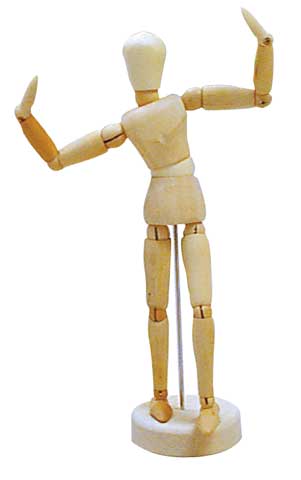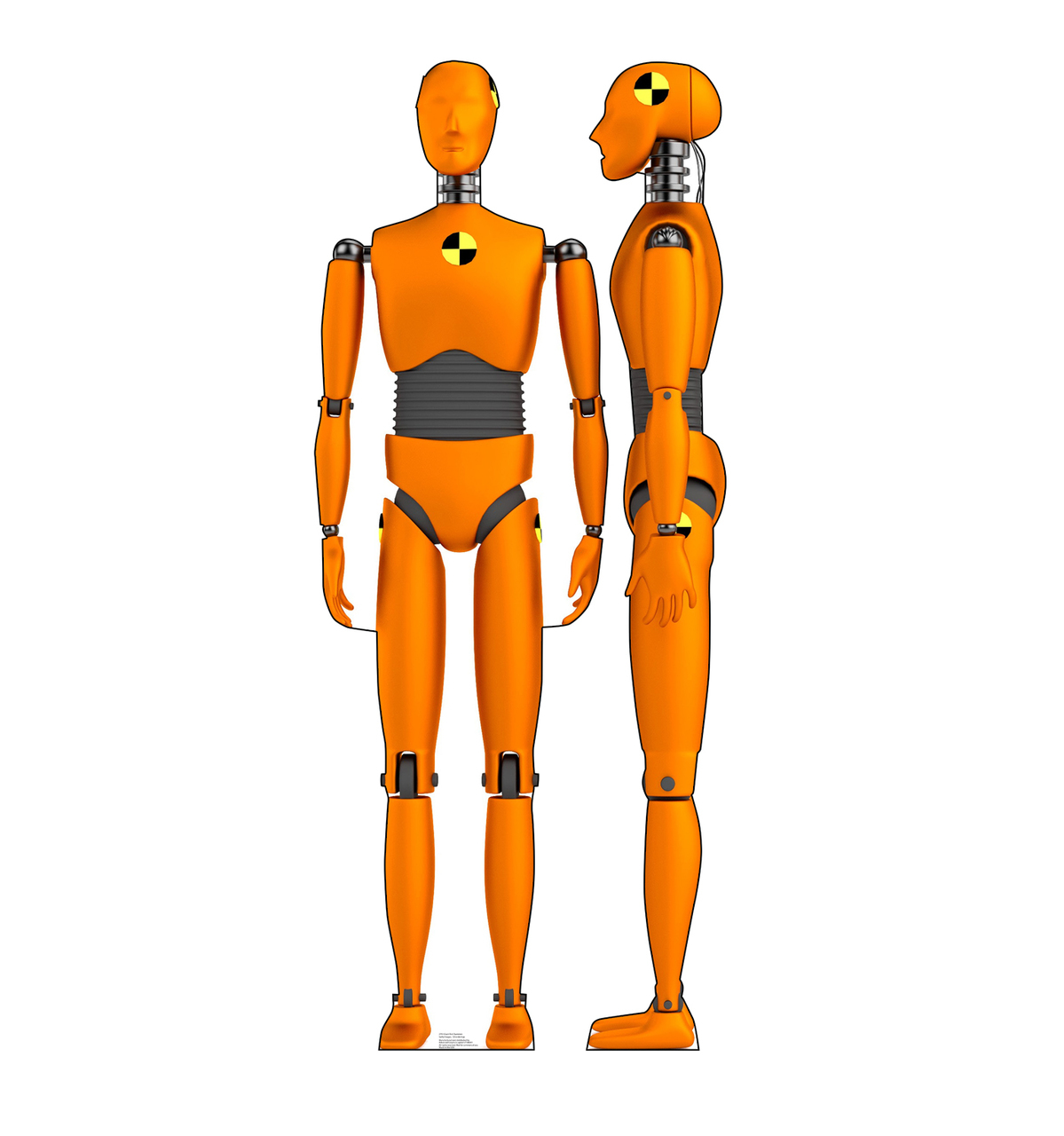I had an inspiration at breakfast this morning. My wife and I were talking about Pinocchio.
Somewhere in my brain I recalled that early aircraft were built with spruce wood, and that the myth-busters regularly used wood as an analog for the strength of human bone. And I had this vision of a walking, talking, wooden man.
They were originally developed as test dummies for spacecraft. Their heads contain all of their critical computing hardware encased in heavy shielding. The rest of their body is designed to be cheap and replaceable. They are of limited intelligence, owing to the limited space and cooling. But they are self aware enough to perform basic tasks, and have a sense of humor about their expendability.
Their ability to act with limited independence, record events infallibly, and recover from lethality has made them essential for every ship. Their personality is mass produced, so they all act basically the same. But there is plenty of room for individuals to develop their own memories and habits.
The only unchanging (and difficult to replace) component is their head. Everything else is an add on. They are manufactured in a variety of materials for different applications. But the most common have a wooden structure and steel cables. While not the longest lasting in terms if physical material, the physical materials they ARE made of are cheap to fabricated.
Over time the term for this style of android has morphed from "mannequin" to simply "quin". I imagine a default model would look just like a posing figure or crash test dummy.


However, the chest area would be full of actuators, that manipulate all of the joints by pulling on strings. These cables can be seen running through all of the joints. They wouldn't use hydraulics because of the issues that plagued a real-life project at Nasa to produce an android to test space suits. And electric motors on individual joints are far too heavy. There will be electrical cables run through the body to power sensors and carry data back to Quin's core.
Quins will work in a similar way to the tropes developed for the Scarecrow from the Wizard of Oz, and C3-PO on Star Wars. They are constantly getting blown apart and put back together. Their repairs will be often be improvised. Quins can also improvise and fabricate limbs into tools for specific functions. There are specialized bodies that can accept Quin heads to perform tasks. These include battle droid suits, and heavy lifter frames.
Quins can also interface with external hardware to augment their own programming. Modules exist that allow a Quin to pilot a spacecraft, operate a passenger vehicle, or perform first aid. These modules are inserted into a slot in the back of their brain case.
Quins are essentially crash test dummies, brought to life. They strive to be helpful, by putting themselves in harms way so that humans (who are less easy to repair) avoid damage. Their design is simple to a fault, with no components in the body that cannot be reproduced easily from a machine shop. Components that are expect to withstand a lot of stress are made of wood, so that their inevitable failure is obvious. Parts that rub use a combination of a polyamide and steel. The polyamide is designed to degrade and lubricate while preventing wear on the metal.
Quins require constant maintenance and upkeep. One of the most common specialist mods allows one Quin to repair another. As a result, most Quins seen in the wild have some malfunctioning component. A stiff joint. A snapped cable. They are programmed to push past minor malfunctions and keep on running until they can get in for service. Their mechanical design allows for graceful degradation.
Quins feel absolutely no pain. They often must infer damage from the degraded performance of their limbs and joints. Their strength is deliberately limited to approximate that of a human to limit the damage one malfunctioning Quin can inflict.
Quin "skulls" are manufactured by Etoyoc Heavy Industries, Safety division. To cut down on shipping costs, they are often sold as just the skull, with a technical manual describing how to assemble the rest of the body from indigenous components. Every engineering staff member has to manufacture their own Quin during their education, as a result Engineers often keep a favorite one around as a personal assistent.
The main selling point of Quins is that, as their form is a perfect mechanical replica of human beings, they can utilize human tools and vehicles that are unmodified. Their lack of processing power limits them to menial tasks, such as cleaning. Plug-ins can provide supplemental processing for specialized tasks, but they can't provide an ability to learn. For safety purposes, even if one such device could be produced, it would be highly illegal.
For liability purposes, all Quins must operate under the guidance of a human being. That human being is legally responsible for the Quin's actions. If there is a dispute about who the operator is, the owner of the Quin assumes responsibility. This includes financial liability for accidents, and criminal responsibility for crimes.